Often in plots the Y axis value label is chopped off below the max value being plotted.
For example:
library(tidyverse)
mtcars %>% ggplot(aes(x=mpg, y = hp))+geom_point()
I know of scale_y_continous - but I can't figure out a smart way to do this. Maybe I'm just overthinking things. I don't wish to mess up the 'smart' breaks that are generated automatically.
I might try to go about this manually...
mtcars %>% ggplot(aes(x=mpg, y=hp, color=as.factor(carb)))+geom_point() + scale_y_continuous(limits = c(0,375))
But this doesn't work like I mentioned above because of the 'smart breaks'. Is there anyway for me to extend the default break interval to 1 more, so that in this case it would be 400? Of course I would want this to be flexible for whatever dataset I am working with.



